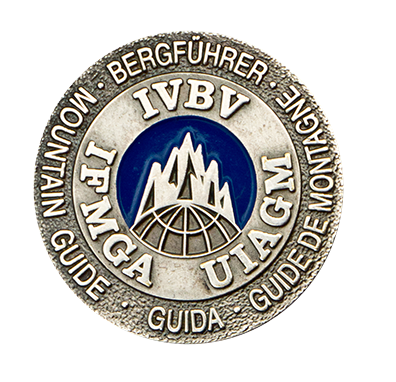Trekking the Three Passes in the Solo Khumbu region of Nepal
In 2001 Cathy and I spent two months in Nepal. It was part of a one year honeymoon living on $10 a day each. Since then I've wanted to return to Nepal with my Dad. This fall it happened. Dad and I spent 16 days trekking in the Solukhumbu region near Everest. Our rough plan was the Three Passes Trek. Friends who spend time in the region told me:
"You've seen moraine, so don't go to Everest base camp."
"Go counterclockwise. The ascents are lower angle."
"Book your flight to Lukla, but nothing else. Stay flexible."
"Pack ultra light."
"Your dad will love it."
Their beta was perfect. Thank you Winslow, Seth, Najeeby, Eric and Jeremy!
I asked Dad, "What do you think about the earthquakes?" For him it was a non-issue. I guess when you're retired, 76 years old, and love adventure, you won't miss out because of some shaking earth. Plus, Nepal is a tourist economy. They need the tourist dollar.
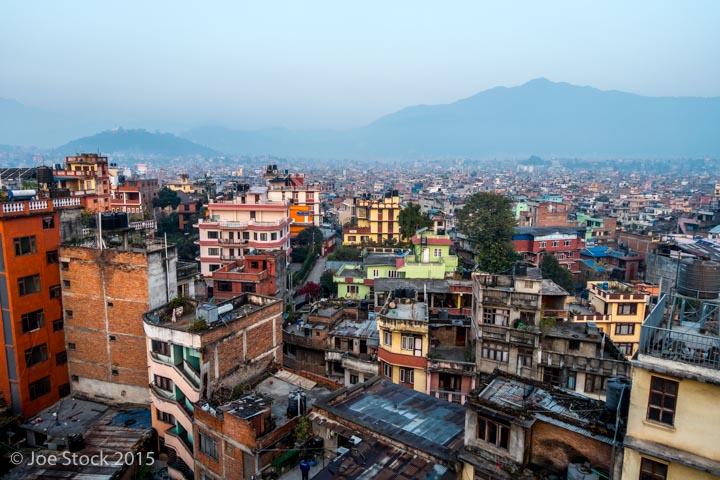
We met in the tourist district of Thamel in Kathmandu, a city of 2.5 million people. Most of the earthquake rubble had been cleaned up. There were vacant lots where apartment buildings once stood. Many of the 300-year old buildings in Durbar Square had crumbled. Otherwise the city was much the same as I remembered. The biggest change, supposedly, was that the streets had been widened, the front of apartment buildings shaved off and rebuilt.
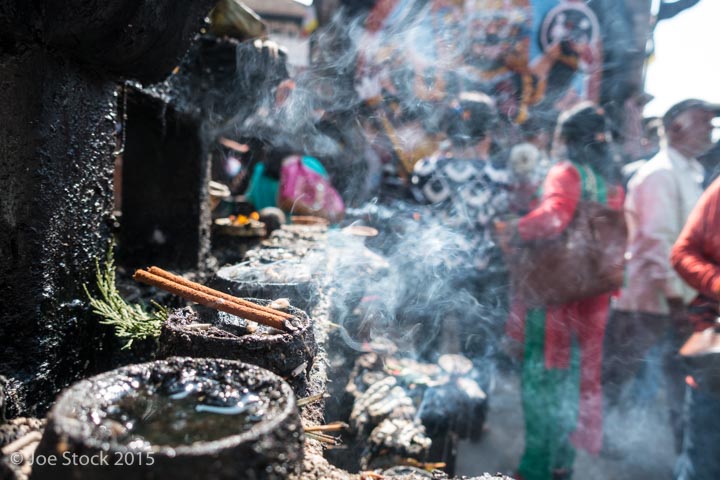
Kathmandu refreshed our ultra-sanitized American senses. Incense, sewage, masala chai, cow shit, garbage, smog, dirt. Vibrant and beautiful.
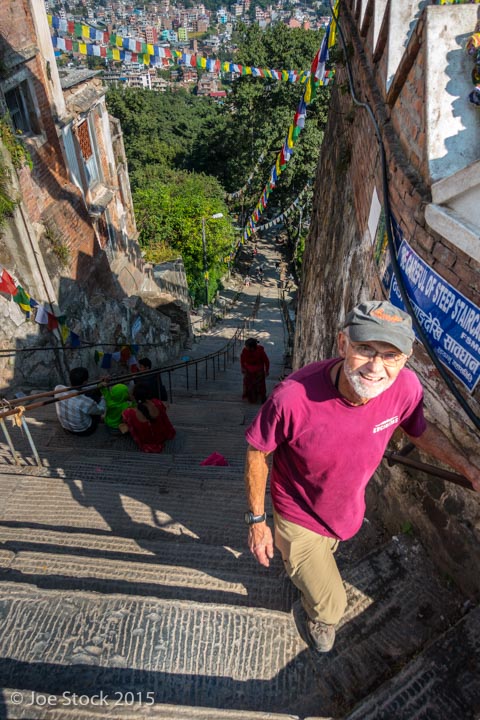
We spent our first day walking around Kathmandu, getting trekking permits, seeing the remnants of Durbar Square and climbing 365 steps to Swayambhunath-the Monkey Temple.
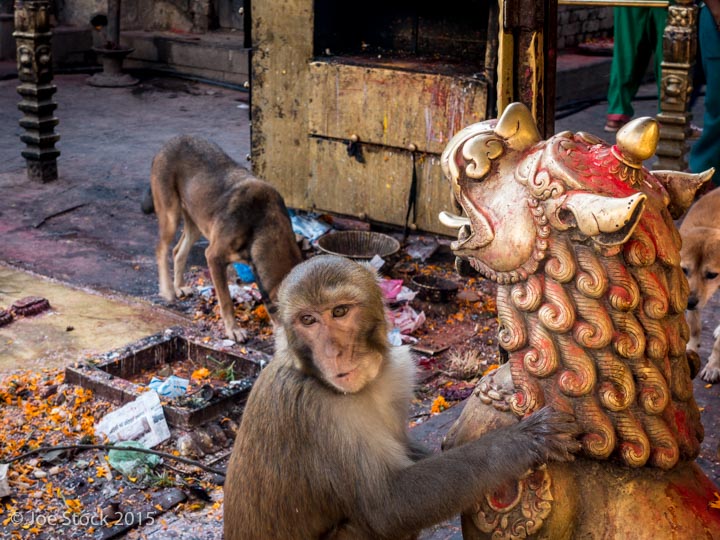
I was supposed to take a pretty photo of the white Monkey Temple adorned with colorful prayer flags. The monkeys were more photogenic.
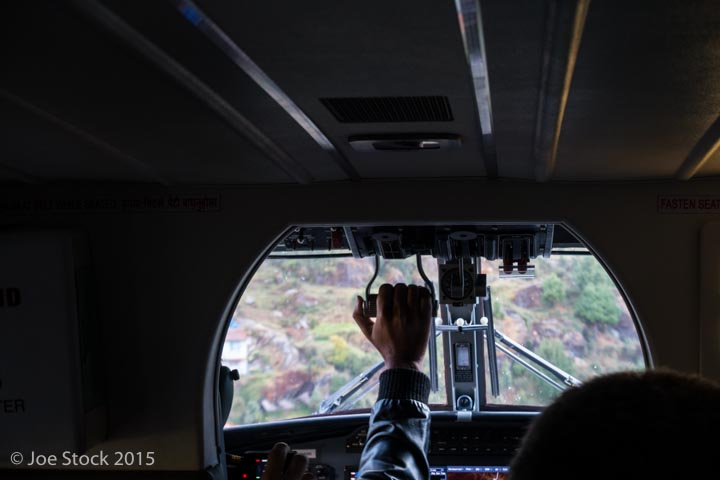
The next morning we flew an hour to Lukla to start our trek. The Lukla airport is tilted at about 15 degrees, ending in a mountain at one end and a precipice at the other end.
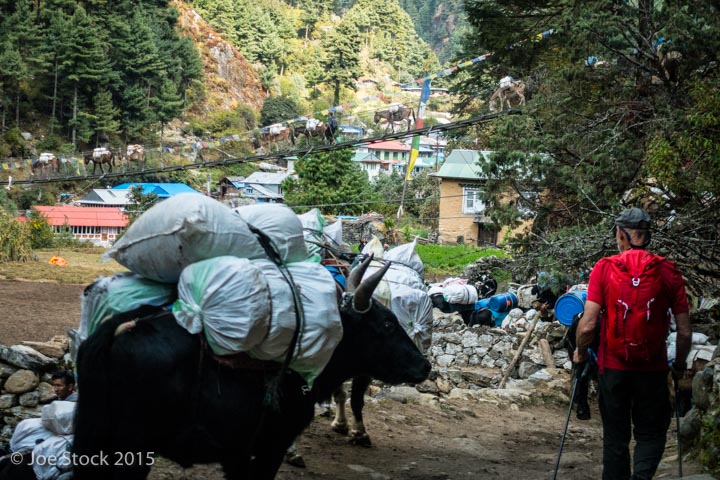
A dzo (cow-yak hybrid) watches Dad on the first day of our trek. Along the way we took route ideas from local Sherpas. In Kathmandu we purchased a mistake-riddled Nepa Map, but it gave a good overview. The GAIA GPS smartphone app had the most accurate trails.
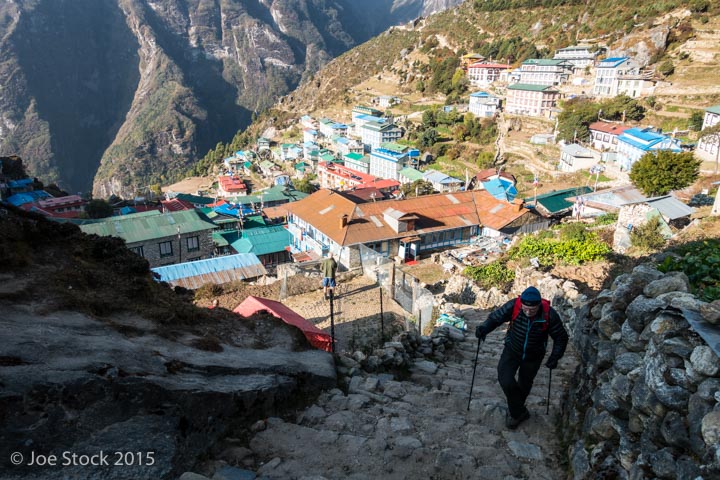
Dad climbing above Namche Bazaar, the tourist center of the Khumbu. We spent two nights acclimatizing in Namche at 3,340 meters.
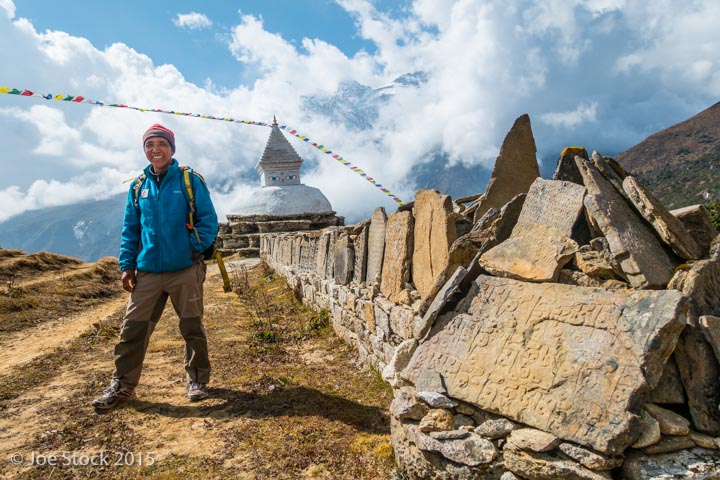
Tenzing Portse, a local from Portse who we walked with one afternoon. Typical local male, guided Everest 10 times, out looking for his wandering yak. These are the most unassuming athletes in the world.
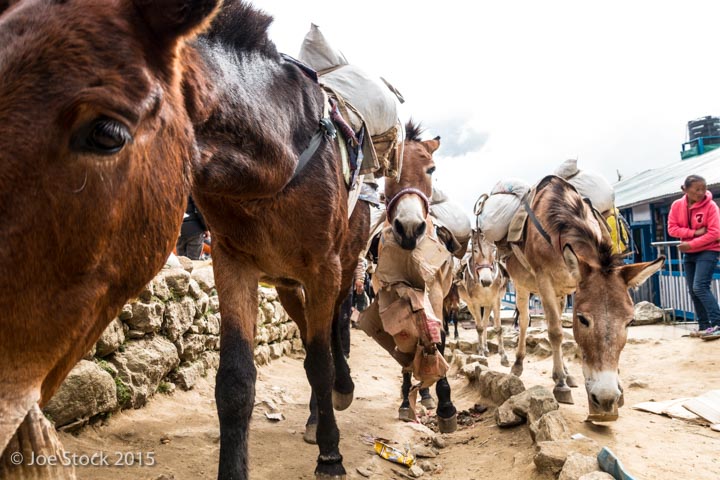
Namche beasts of burden snacking on cardboard.
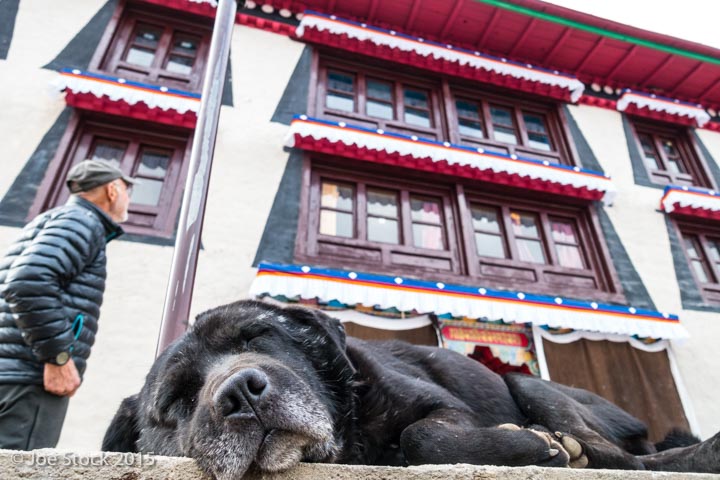
We spent our fourth night in Tengboche. This is the Tengboche Monastery. Inside we watched the monks give a puja, a Buddhist ceremony, lots of mumbling and tinkling of religious objects.
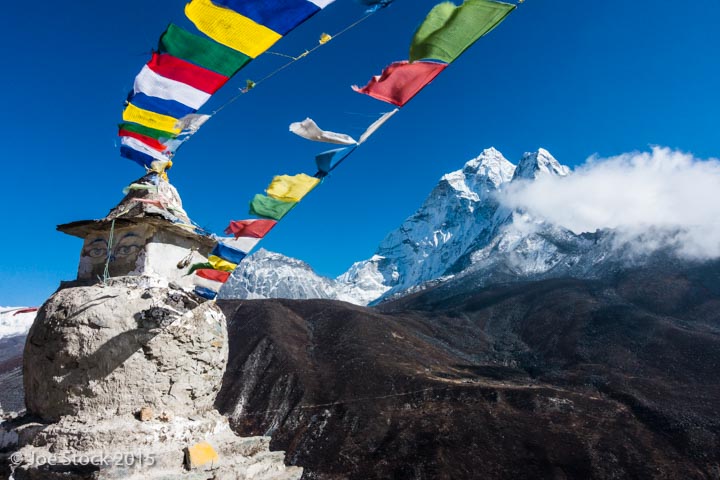
This stupa is above Dingboche, where we spent our second acclimatization day. The mountain above is Ama Dablam, one of the iconic mountains of the world like Alpaymayo, Cerro Torre and the Matterhorn. During our rest day I hiked the 5,535-meter Kongma La to Lobouche and back to Dingboche.
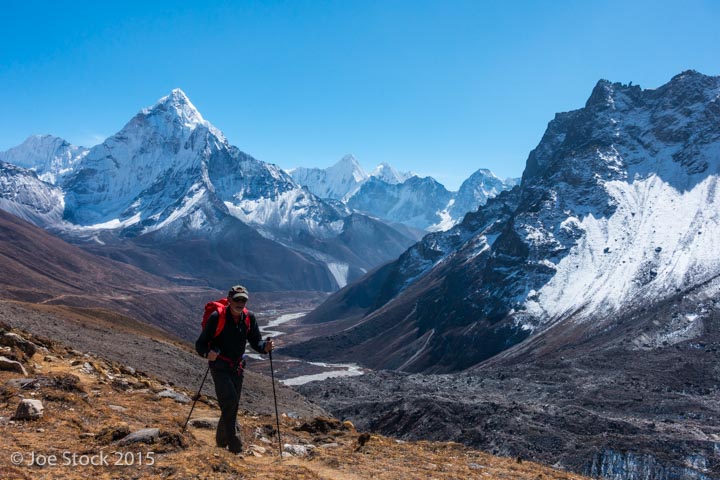
Dad climbing above Dingboche toward the cluster of teahouses at Dzongla below Cho La. Like friends suggested, we packed ultra light. Our combined pack weight was 15 kilos on the Yeti Airlines scale.
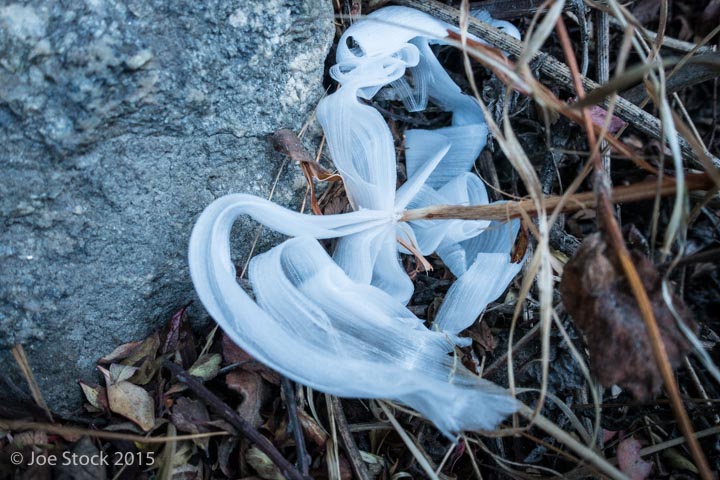
A frost flower extruded from a plant stem overnight.
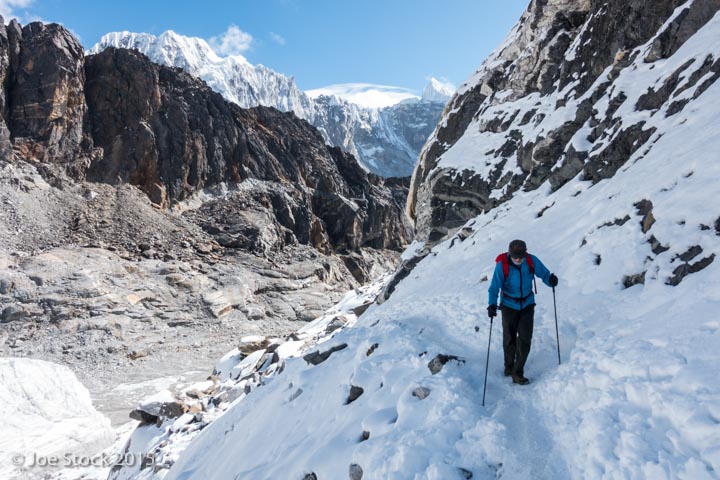
Dad near the top of Cho La, the middle pass at 5,430 meters. We took Yaktrax for better grip.
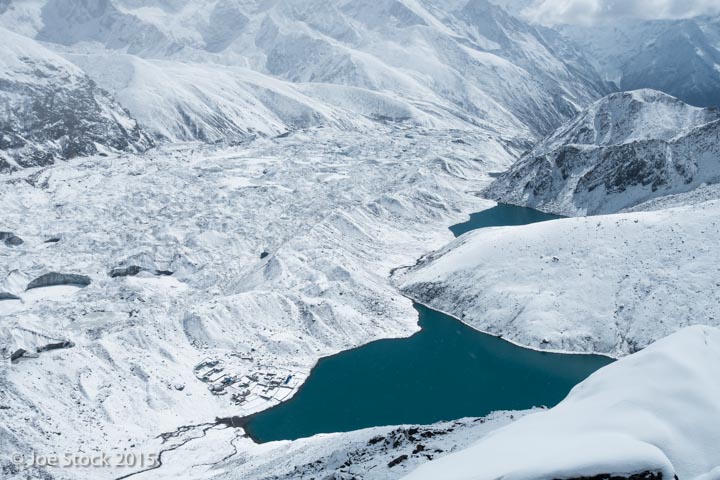
Friends said Gokyo—on the left side of the lake—was the beautiful place to hang out and day hike. They were right.
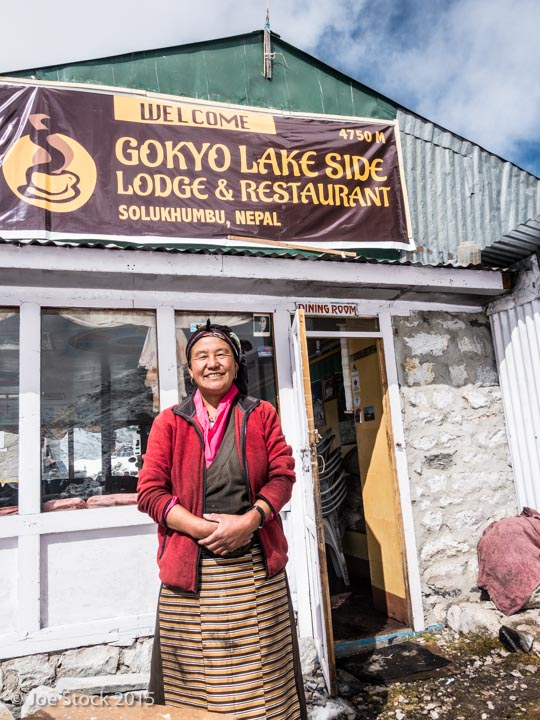
Dawa Sherpa ran our favorite teahouse on the trek: the Gokyo Lake Side Lodge. Women ran the best teahouses. They were more chaotic and homely with kids running around and a help-yourself bag of yak dung to stoke the fire.
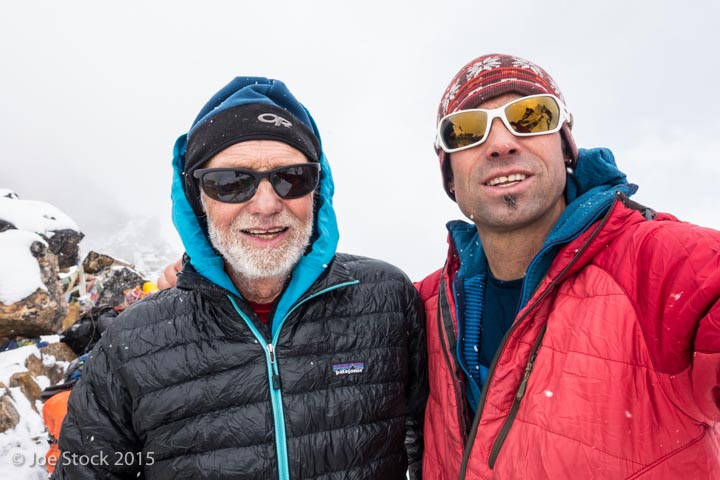
Dad and I on the third and final pass: Renjo La at 5,300 meters. Feeling acclimatized!
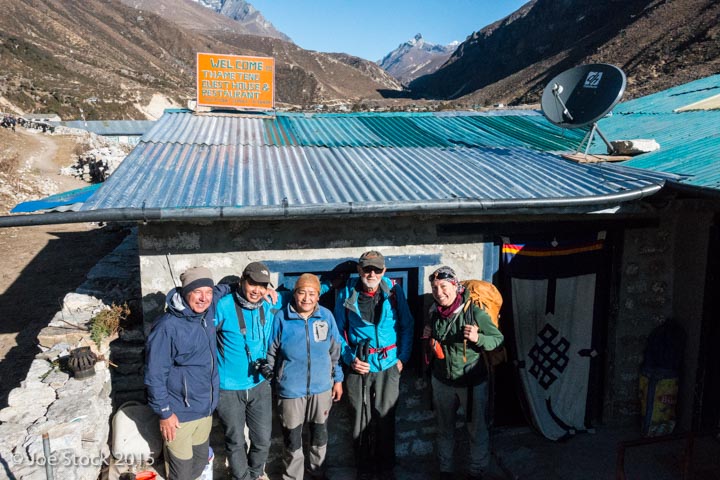
Our company in Thame. Thame is where many legendary mountain Sherpas come from. Our host, in the middle, said every household has a climbing Sherpa. These are the world's greatest athletes. Just working, making money taking people up mountains. No chest beating or posturing, just climbing mountains for a living. Almost every house in Thame had been leveled by the earthquake. Most had been rebuilt.
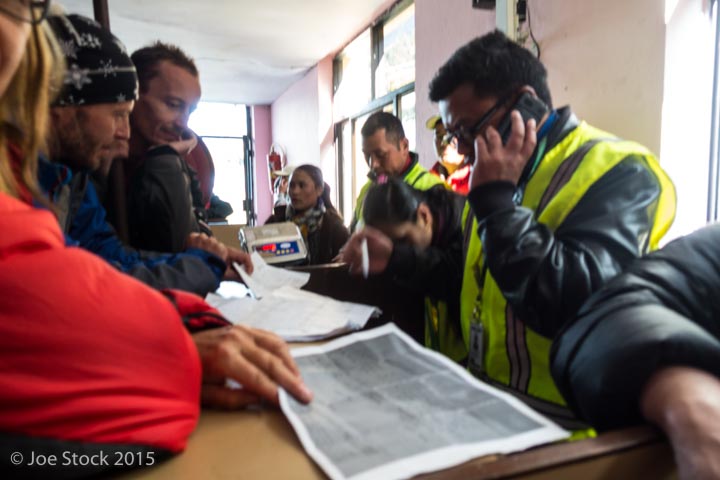
The Lukla airport. We got on the last flight to Kathmandu after six hours of waiting. This was the only time we wished for a local guide. The guided groups flew out first thing each morning. The two Czech guys in this photo waited three days, until they bribed the officials. Baksheesh works.
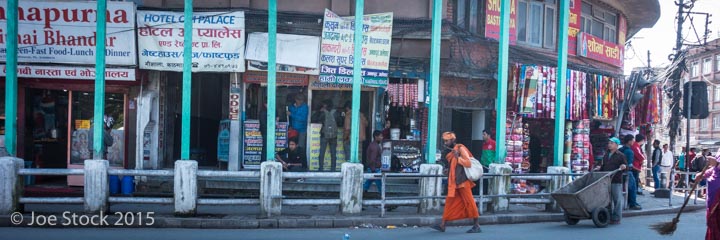
A Sahdu—a Hindu holyman—in Kathmandu. India had blocked most petrol from entering Nepal due to a disagreement about Nepal's new constitution. Miles of dust-covered cars lined the empty streets.
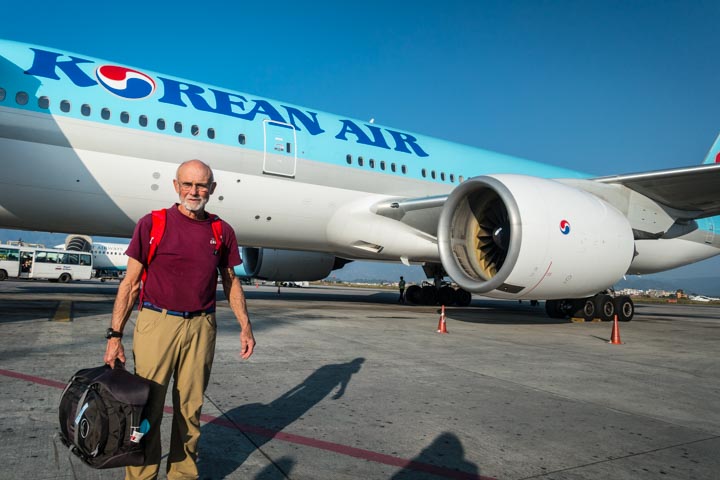
Dad starting a very long trip: Kathmandu, Hanoi, Seoul, Seattle, Spokane, Pullman, Spokane, Seattle, Denver, Houston, Buenos Aires, El Calafate, El Chalten. The rigors of being retired and living life to the max.
Thank you so much for a great trip Dad! What a dream to trek with you in Nepal. And to live high on the hog spending over $10 a day.
